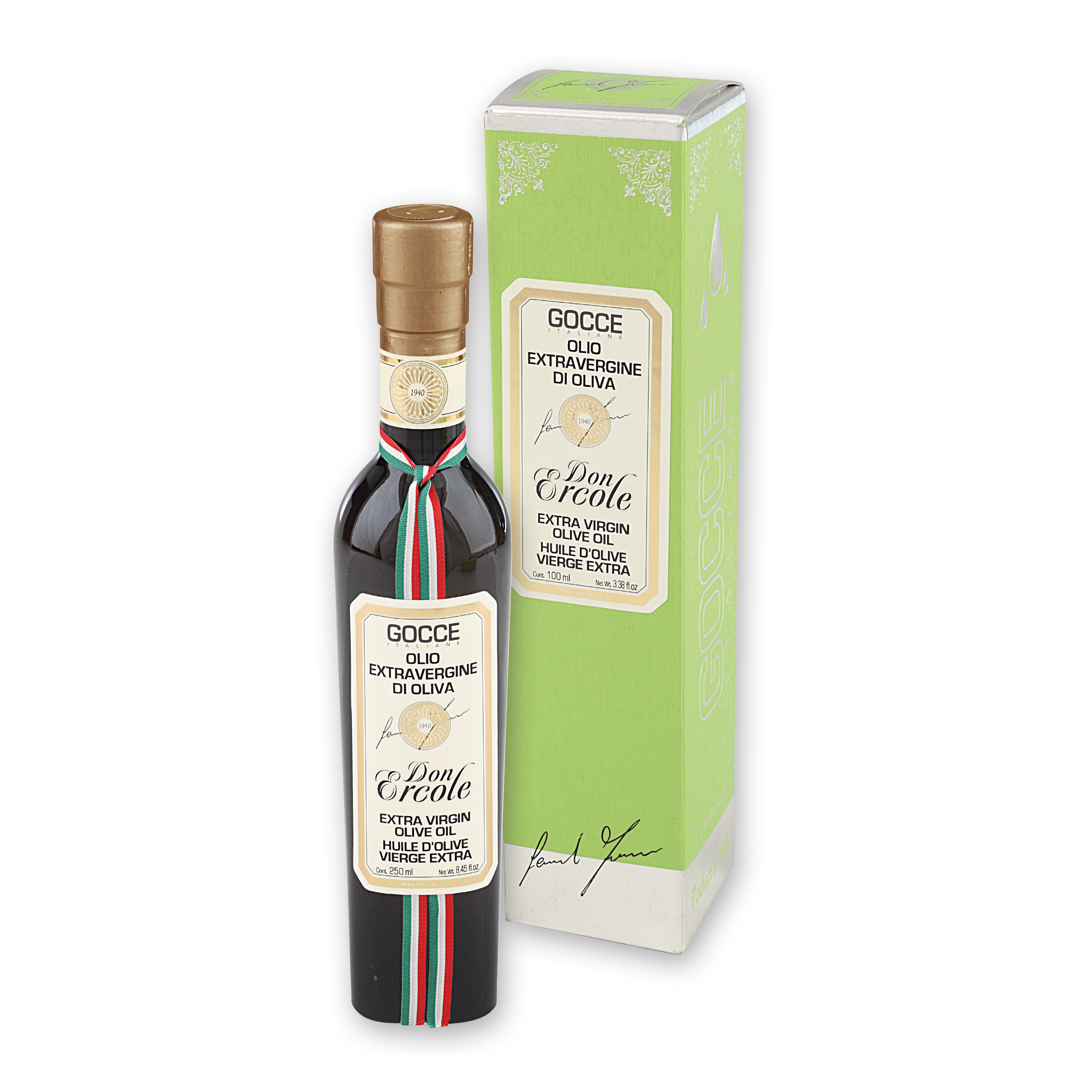Understanding Types of Italian Balsamic Vinegar: DOP, IGP, White Balsamic & More
When you hear “balsamic vinegar,” you might think of that dark bottle on a grocery store shelf—but real Italian balsamic vinegar is an entirely different world. At Fratelli del Vino, we exclusively import handcrafted vinegars from Italy, each made using traditional methods passed down through generations. Whether you’re drizzling it over fresh mozzarella or finishing a gourmet steak, understanding the differences between DOP, IGP, white balsamic, and balsamic condiment helps you choose the right vinegar for the right dish.
Let’s explore what they all have in common—and what makes each one unique.
What All Italian Balsamic Vinegars Share
All of the vinegars we carry come from Italy and are made with the highest quality ingredients, often aged for years, and crafted using time-honored methods. They’re more than condiments—they’re culinary tools that bring richness and depth to your cooking.
Whether it’s the Traditional Balsamic Vinegar of Modena DOP, an IGP-certified everyday balsamic, or a delicate white balsamic, all these products:
Are imported directly from Italy
Use grape must (cooked grape juice) as the base
Are handcrafted, often aged in wooden barrels
Deliver flavor far beyond anything found in typical grocery store bottles
Grocery store “balsamic” is often diluted, overly acidic, artificially thickened, and lacking in depth. The vinegars we carry are the real thing—affordable luxuries that elevate every meal.
In traditional balsamic vinegar production, the line of barrels used for aging is called a “batteria” or “battery”. This term refers to a series of barrels which are arranged in decreasing size, where the vinegar matures over time. The aging process involves Transferring the vinegar from one barrel to the next, allowing it to develop its unique flavors and characteristics. Some lines can extend to as many as 150 years.
1. Traditional Balsamic Vinegar of Modena (DOP)
This is the crown jewel of Italian vinegars. DOP stands for Denominazione di Origine Protetta, meaning the vinegar is:
Made in Modena or Reggio Emilia
Aged for a minimum of 12 years in a series of wooden barrels a.k.a. Affinato
Aged for a minimum of 25 years in a series of wooden barrels a.k.a. Extravecchio
Made from 100% cooked grape must—no additives, no shortcuts
Bottled at the Consortium in the same distinctive 100ml bulbous bottle with a rectangular base, designed in 1987 by renowned car designer Giorgetto Giugiaro
It’s thick, complex, and slightly sweet with a flavor that evolves on the tongue.
Best uses:
Drizzled over aged Parmigiano Reggiano
A few drops on rare steak or roast duck
Poured over strawberries or vanilla gelato
Because of its depth and price, it’s used sparingly—a little goes a long way.
Try Traditional Balsamic Vinegar of Modena DOP for yourself → Click Here
2. Balsamic Vinegar of Modena (IGP)
IGP (Indicazione Geografica Protetta) balsamic vinegar also comes from Modena, but with a bit more flexibility in production. These vinegars:
Are made from grape must blended with wine vinegar
Often include a small amount of caramel for color (at Fratelli del Vino we only carry products free of caramel, color and other additives, often used as a short cut)
Can be aged for shorter periods, typically 1–3 years (some up to 10)
Must meet EU standards for origin and quality
The flavor is tangy and balanced, perfect for everyday use in your kitchen.
Best uses:
Vinaigrettes and marinades
Roasted vegetables or grilled chicken
Finishing pizzas, pasta dishes, or bruschetta
Explore our IGP Balsamic Selection (free of additives like coloring and caramel) → Click Here
Pair it with our Cold-Pressed Olive Oil → Click Here
3. Balsamic Vinegar Condiment
Condiment-style balsamic vinegar is often made using similar ingredients to traditional balsamic but doesn’t meet the strict requirements for DOP or IGP. These can be:
Aged longer than IGP but not certified
Sweeter and thicker than commercial balsamic
A great middle ground between everyday and premium
They offer fantastic quality for the price and are often easier to use daily without guilt.
Best uses:
On cheeses and charcuterie boards
Over grilled peaches or figs
As a finishing drizzle on risotto or pork
Discover Our Condiment Balsamic Options → Click Here
4. White Balsamic Vinegar
Made with white Trebbiano grapes, white balsamic vinegar is:
Cooked at lower temperatures to preserve color
Aged in European White Oak barrels
Sweeter and more delicate than other balsamics
This vinegar has a golden hue and a lighter flavor profile—perfect for bright, fresh dishes.
Best uses:
Mixed into salad dressings or vinaigrettes
Splash into sparkling water or cocktails
Drizzle over grilled fish, shrimp, or fruit
Taste the Elegance of White Balsamic → Click Here
How to Choose the Right Balsamic for the Dish
| Vinegar Type | Flavor | Best Uses |
|---|---|---|
| DOP Traditional | Rich, syrupy, complex | Finishing cheeses, meats, or desserts |
| IGP | Tangy, balanced | Marinades, salads, daily cooking |
| Condiment | Sweeter, thicker | Grilled fruit, pork, charcuterie |
| White Balsamic | Light, fruity, sweet | Seafood, greens, cocktails |
And remember—all of these pair beautifully with Italian extra virgin olive oil, a classic duo for dipping fresh bread, topping grilled vegetables, or tossing into a caprese salad.
Shop Our Olive Oil Collection → [Link to Olive Oil Product Page]
In Summary: Each Italian Balsamic Vinegar Has Its Place
At Fratelli del Vino, we believe every bottle of vinegar we import tells a story—of Italian soil, sunshine, craftsmanship, and patience. From the luxurious depth of Traditional Balsamic DOP to the everyday elegance of IGP and white balsamic, each product has a role to play in your kitchen.
These vinegars aren’t just dressings—they’re affordable luxuries that let you bring the heart of Italy to your home, one drop at a time.
Explore Our Full Collection of Italian Balsamic Vinegars → Click Here
Or Discover Our Olive Oils for the Perfect Pairing → Click Here



